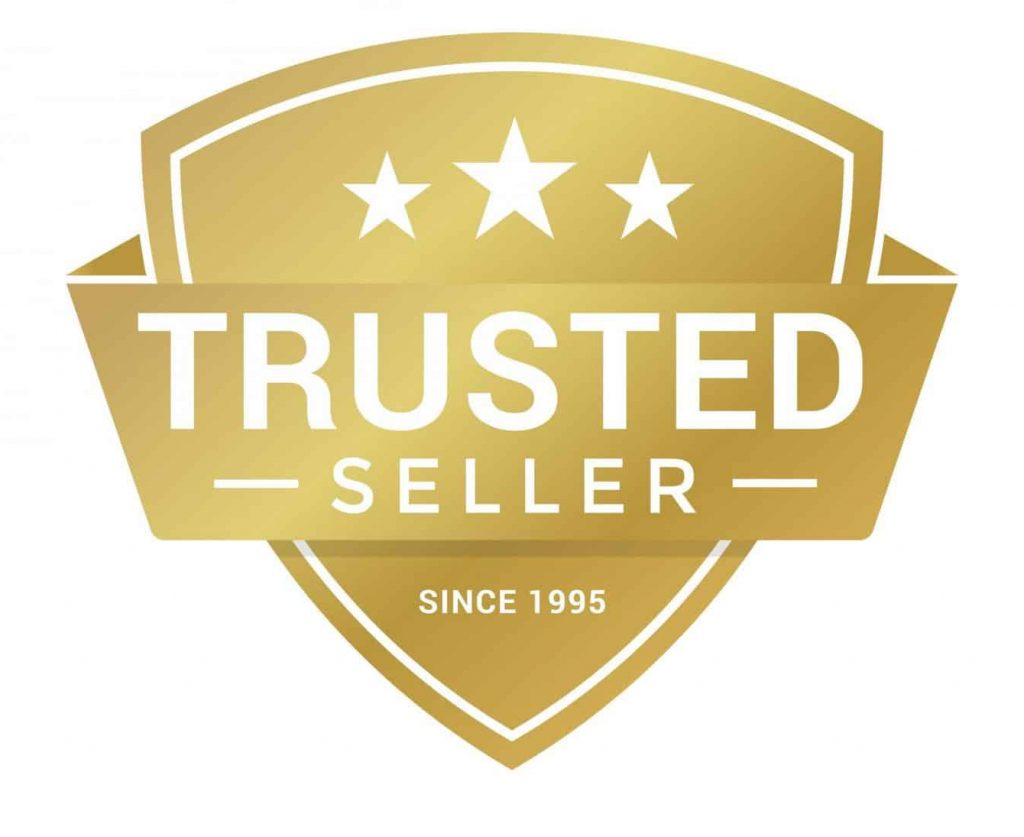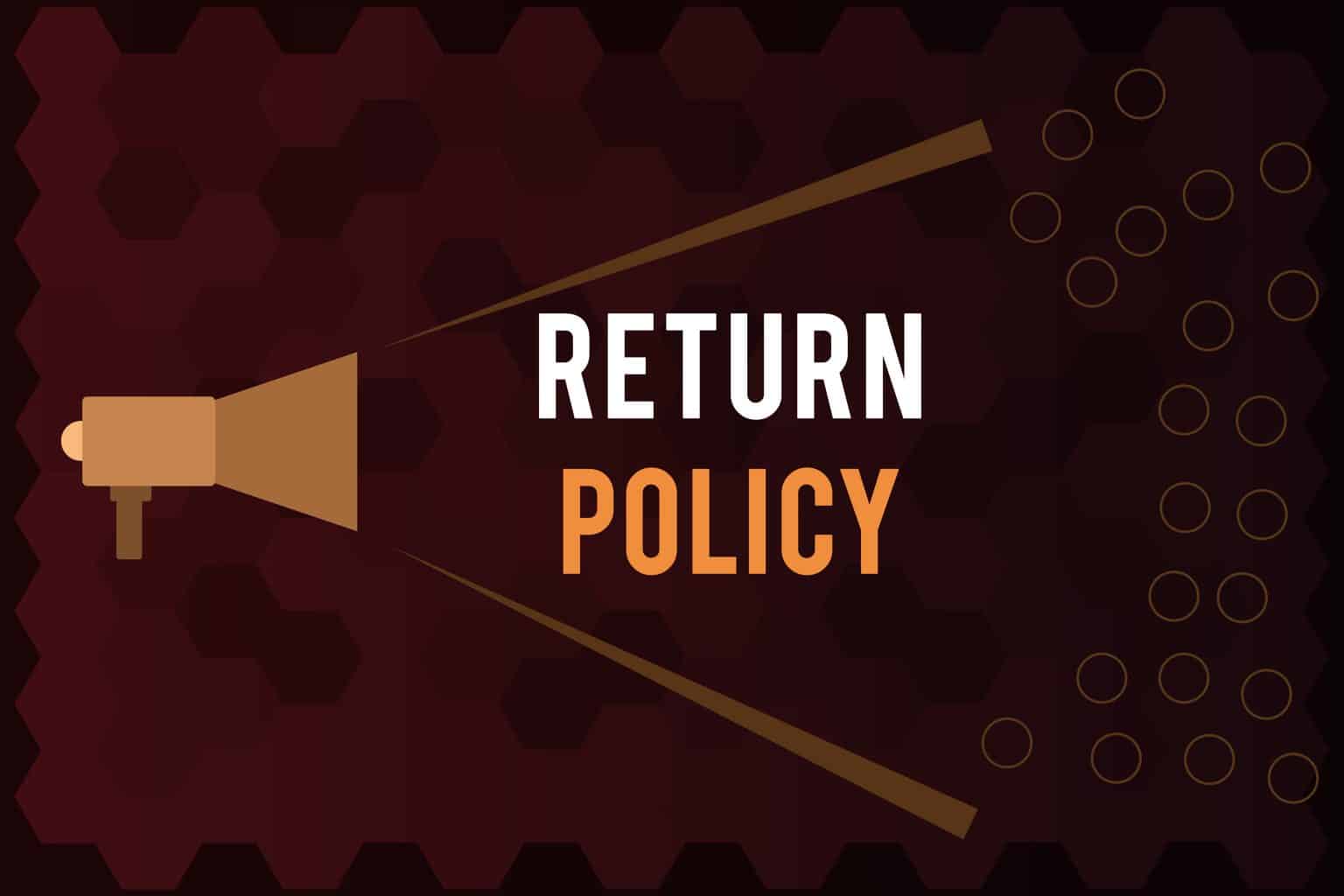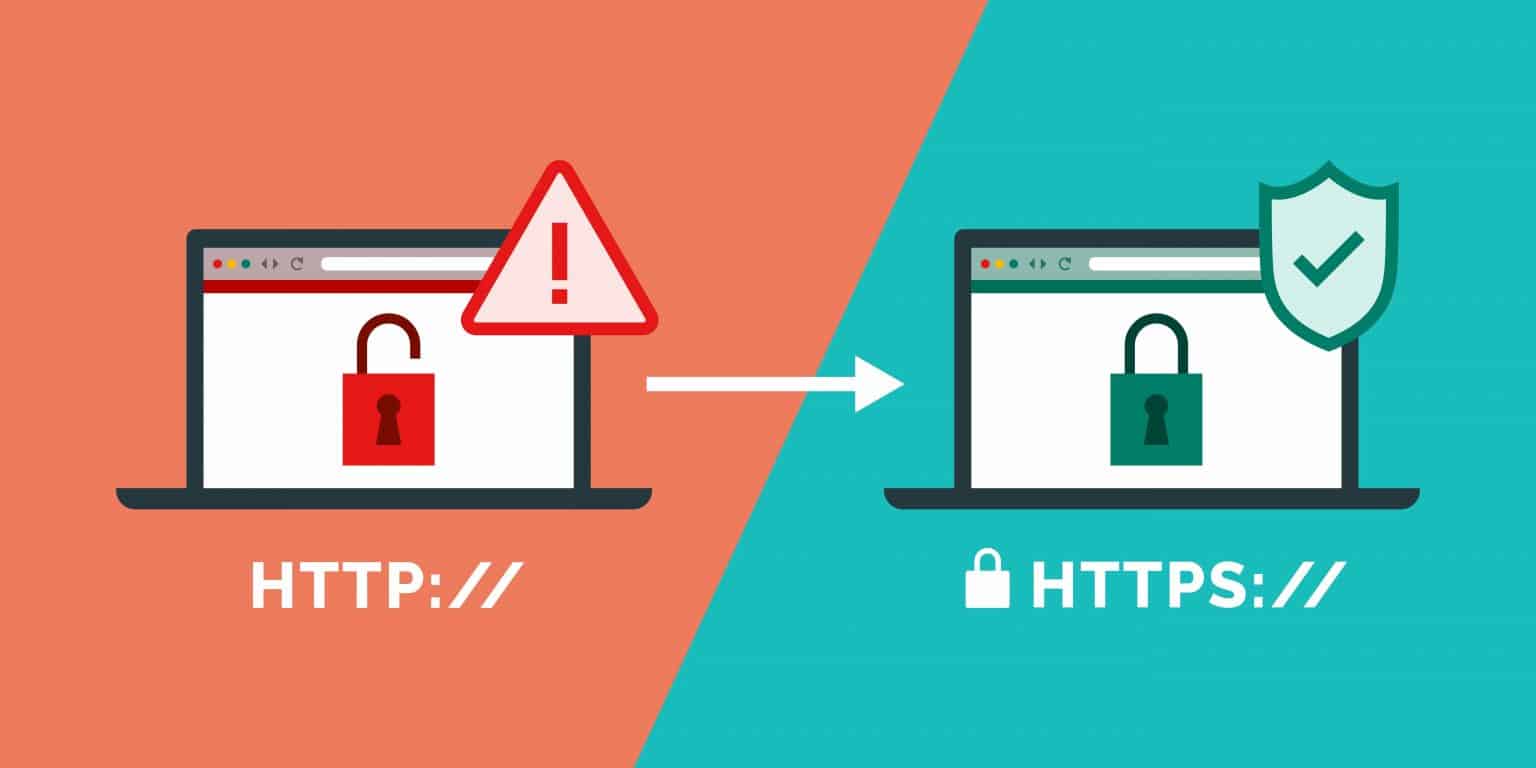Building Consumer Confidence for Ecommerce with Trust Signals

That trust doesn’t just come out of thin air. It’s established ahead of time by the ecommerce business using something called “trust signals.”
These indicators can be established using a variety of tools, including social media accounts, customers reviews and a secure website, among others.
Showing social proof of your product or service via testimonials, offering certifications and security, and simply providing contact information are all examples of trust signals.
Incorporating these into your website helps build consumer confidence and increases conversion rates.
It can also help your business beat out competition within your market.
And if you’re working with a new brand altogether, it’s a key factor in developing customer loyalty and creating an ecommerce business.
ADD TRUST BADGES
Trust badges on websites are like the health rating that restaurants display in their windows.
Since the grade is administered by a trusted source (the department of health), it shows the business meets or exceeds the required safety standards for that industry.
In the same way, trust badges reveal that a website has been evaluated by a third party.
There are a variety of ecommerce trust badges that speak to business accreditation, safety and security against viruses or malware, encryption protections and anti-spam.
For example, you may want to have badges that address payment security, returns and exchanges policy, and concerns about identity theft.
It’s best to select trust badges that address a range of customer concerns and are displayed sparingly but thoughtfully throughout the website.
TrustedSite for example, is a website security improvement service that helps enterprises protect sensitive information.
Be sure the trust badges are easily recognizable and link back to the provider’s website as doing this improves authenticity.

CLEARLY DISPLAY RETURN/EXCHANGE POLICIES
Have you ever bought something online that ended up not meeting your expectations?
It’s too big or small, or maybe too poorly made.
Since online consumers can’t see the product in person, they’re not just relying on genuine customer reviews and photos, but the opportunity to get their money back if they’re not happy.
Offering a return policy is typically a solution to this issue because it helps alleviate the customer’s perceived risk.
Incentivize customers to add items to their cart by adding information in that area regarding your return and exchange policy on product pages.
It’s also a good idea to display the text in a font and color that’s different from other page text.
GAINING CONSUMER TRUST IN AN ONLINE MARKET
Pre-pandemic, making purchases at brick and mortar stores is still a part of everyday consumerism.
At a storefront, consumers are made to feel confident with effective merchandising, color schemes, customer service and just the vibe.
After all, a customer in your store is likely there to buy something in the first place.
However, without the ability to use the five senses, gaining consumer trust becomes a challenge. While there are some similarities with online shopping, there’s a gap in trust when it comes to the limited interaction between products and people.
Questions the consumer may have include: Will I receive my order on time? Will my product look like the photo? Is the item true to size? Is my personal information protected? Will I receive email spam following my purchase?
INCLUDE YOUR CONTACT INFORMATION
Providing easy to find contact information on your website is not just simple, it’s ethical.
When something that important and necessary is missing, it comes off like the business is trying to hide something, doesn’t care about its customers or may be fraudulent.
So, don’t make the mistake of being out of touch. Being accessible to consumers is a simple, yet effective indicator that signals trust.
Do this by adding a phone number, physical and email address, as well as business hours and related social media links.
Live chat is another great consideration if you have someone who is available. You can even personalize it by including the name and photo of the operating agent.
INSTALLING AN SSL CERTIFICATE
Always a looming threat when it comes to online shopping is getting hacked or duped. Cyber security, especially in 2020 became a real scare, creating impressive consumer awareness regarding personal protection information.
An SSL certificate is a global website security standard that enables encryption between a browser and server to secure customer’s sensitive data is transmitted securely, with less risk of being intercepted by a malicious attacker.
When online shoppers see that a website is “Not Secure” they are more likely to leave it.
Ensure that customers see the secure lock symbol in their browser when shopping on your site by purchasing an SSL certificate.
SSL certificates can be purchased or found for free from a variety of sources such as: Let’s Encrypt. They work on a renewal so make sure you’re paying attention to its expiration date or auto-enroll.
MAKING ROOM FOR CUSTOMER REVIEWS
Including a place for customer reviews on your website can be an effective trust signal for an ecommerce business.
These testimonials let potential buyers verify your legitimacy, learning more details along the way from previous consumers.
Ecommerce stores commonly include customer reviews on product category pages, home pages and review pages, all places where customers are looking for more details and can immediately gauge the site’s reputation.
Consider displaying them with a star rating system near the top of the page and linking it to the full reviews section in a lower area.
Display all reviews-positive, negative and in between so that customers don’t question the authenticity and credibility of your business.
In addition, take the opportunity to demonstrate proactive customer service and if you made a mistake, own up to it, offer an apology and do your best to resolve the issue.
THE SIGNIFICANCE OF ONLINE CONSUMER TRUST
A lack of trust can bring the consumer all the way to adding a product to their cart only to abandon it.
This can happen for many reasons. For one, the Internet is full of distractions competing for their attention.
In addition, online consumers are even more selective with their purchases today than they were just one year ago.
Thankfully, trust signals can help you create a positive and trustworthy first impression, ultimately reassuring customers about their shopping experience.
Once your ecommerce business can effectively implement trust signals, the perceived risk by the consumer is decreased or eliminated.
Luckily, your ecommerce store doesn’t have to rely on blind trust thanks to trust signals.
Check out more blog articles:

